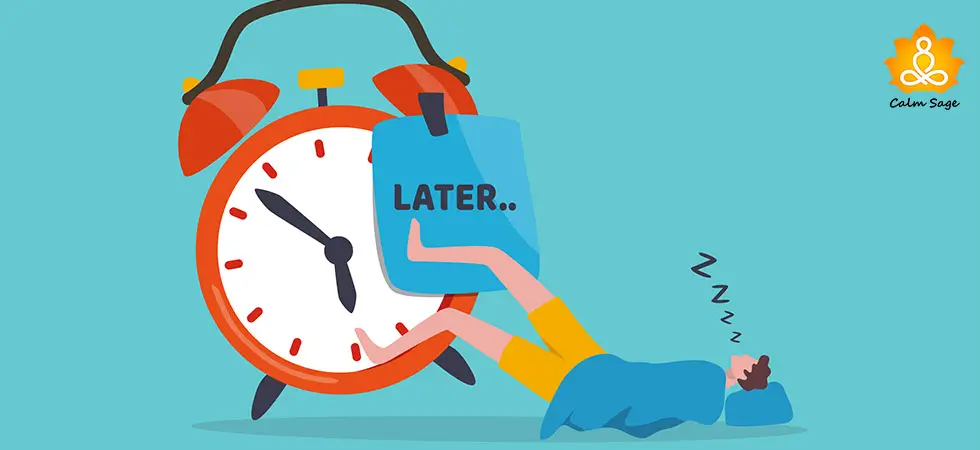Homophobia Guide: Causes, Signs, & Dealing Strategy
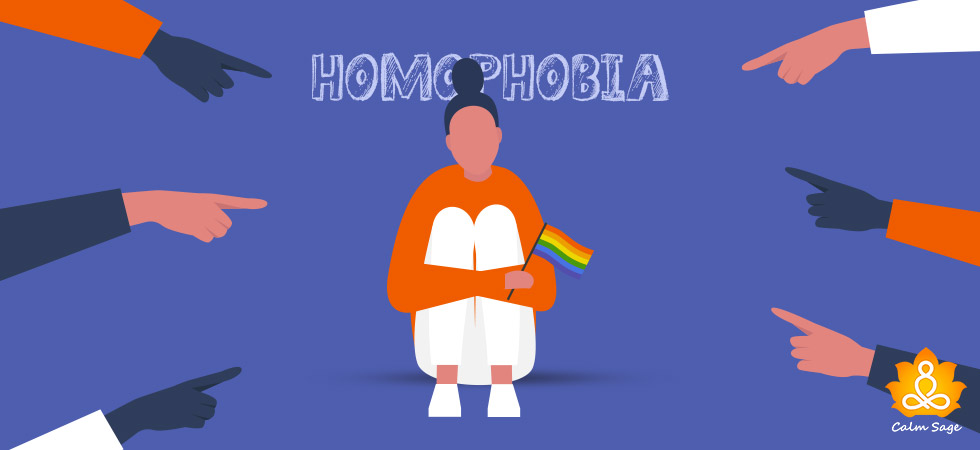
List of Contents
What is Homophobia?
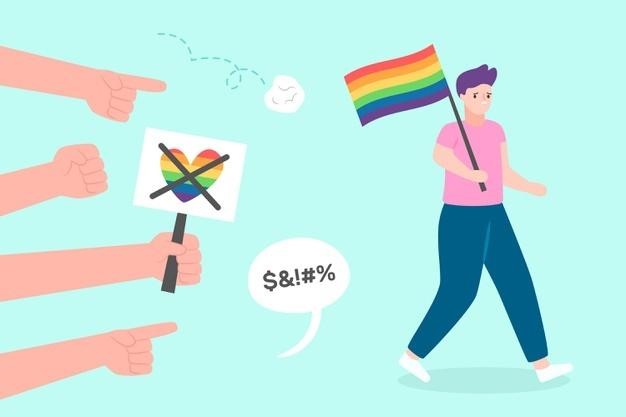
Homophobia is when someone keeps a negative attitude towards people related to the LGBTQ community. Homophobia is expressed at different levels like individual, cultural, and institutional. Homophobia has evolved, but I think it still continues in creating negative impacts while targeting LGBTQ with prejudice, violence, and contempt. This blog covers everything you need to know about homophobia.
Homophobia also covers the fear of homosexuality specifically for people related to LGBTQ+. Meanwhile, homophobia is more indicative of individuals belonging to the gay community.
Historically, homophobia was related to the people who were considered gay or lesbian, however, in recent years, the terms extended to transgender and bisexual individuals. Furthermore, there are some specific terms used for referring to different kinds of LBGTQ on the basis of specific orientations.
1. Lesbophobia
Lesbophobia is a term used to refer to homophobic lesbians (females who are attracted to females).
2. Biphobia
Biphobia is a term used to refer to homophobic bisexual individuals (individuals who are attracted to both sexes).
Also Read: Best Online Transgender Support Groups of 2021
Causes of Homophobia
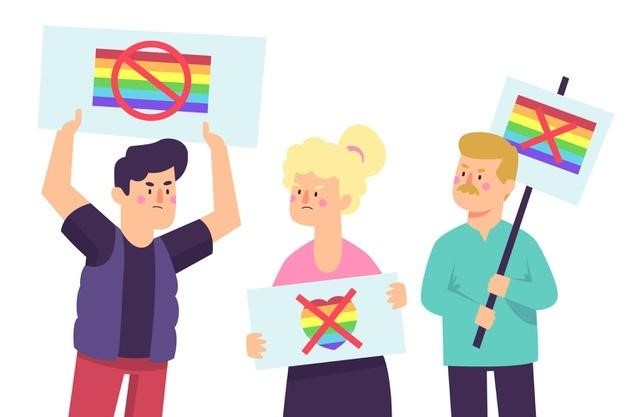
Per research and evolution of homophobia, there are various causes related to homophobia. Below mentioned are some common causes of homophobia.
1. Repression of Desires
During the research, I found that individuals who have engagement in homophobia have repressed their desires. Meanwhile, individuals who express homophobia have high erectile response while explicating sexual images over people do not express homophobic attitudes. This shows that homophobia covers up internalized desires. This also explains that why some leaders acted homophobic publicly but later showed engagement in homosexuality.
2. Religious or Cultural Factors
Research shows that homophobia varies by various factors like race, social class, religion, ethnicity, religion, level of education, geographic area, and partisan identification. This shows that there are various possible causes behind homophobia. This also teaches us that we need consideration of all factors before planning awareness rallies or campaigns.
3. Institutional Factors
I have observed while researching that there is competition for power and this resulted in an imbalance of minorities and homophobia used to oppress almost everyone. In other words, the dominant group never receives the privileges. And this resulted in the creation of social norms that were pervasive and indicated what is not acceptable and what is!
4. Religion
It’s common that religion is the major cause behind homophobia. Some of the religion considers homophobia as sin or immoral. This is why some individuals who are grown up with cultural understanding do not come up or show their individuality. Additionally, this type of learning makes it difficult for everyone to understand the actual reason behind homophobia or the LGBTQ community.
Also Read: How To Find An LGBTQ Friendly Therapist
Types of Homophobia
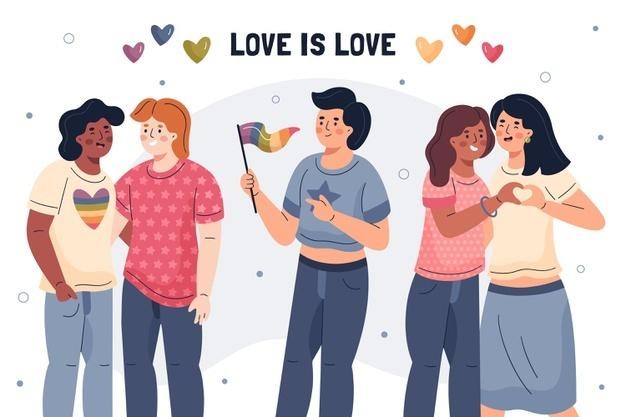
Researchers have identified and labeled various types of homophobia based on psychological phenomena. The four basic types of homophobia are underlined below:
1. Internalized Homophobia
Internalized homophobia is the term used for homophobia which is inward directly at you. Internalized homophobia arises from different situations and is known to be self-destructive internally. In this type of homophobia, there can two different situations:
- You have identified yourself as LGBTQ but still, feel ashamed of it
- You have traits of LBGTQ but still, you ignore your sexuality
In the first situation, you have identified yourself as LGBTQ but due to internalized homophobia, you have hidden your actual sexuality. In this case, most people believe that they don’t deserve privileges as heterosexuals do. People with this type of homophobia generally accept less than they actually deserve.
In the second situation, people with internalized homophobia include people who have experienced attraction of same-sex but have repressed their desires so that they can believe all things as unacceptable.
2. Interpersonal Homophobia
Interpersonal homophobia is a type of homophobia that takes place among people. People who are already engaged in interpersonal homophobia live their lives on the basis of prejudice related to sexual orientation. This results in the experience of dislike or discomfort for individuals. Interpersonal is not only related to religion or home, it can also be seen in the workplace in the face of discrimination experienced by coworkers or superiors. In the same place, interpersonal phobia has discreet ways.
3. Institutional Homophobia
Institutional homophobia is a type of homophobia which basically originated from organizations, institutions, businesses, or governments. In this type, homophobia is directly related to discrimination. Discrimination in the form of policies, allocation of resources, rights in such a way that keeps non-heterosexual individuals always at a disadvantage.
4. Cultural Homophobia
Cultural homophobia is a type of homophobia that refers to the transmission of norms and social standards related to popular culture with the reinforcement of the idea that people should be heterosexual. For example, prior everyone used to portray heterosexual models and characters.
Also Read: What Is LGBTQ Therapy And How It Works In LGBTQ Issues?
Signs of Homophobia:
- Always uses religion to revile the LGBTQ community.
- You’re completely again the pride parade.
- You’re a man and always avoid doing stuff that might look “gay-ish”.
- You’re not ready to acknowledge your homophobic behavior.
- You try to criticize or discriminate against LGBTQ people around you.
Below are some signs to look for the identification of homophobia:
Impact of Homophobia

There are various impacts on the LGBTQ community due to homophobia. Below are some common impacts of homophobia:
- Repression of your sexual orientation
- Internalized shame
- Negative thoughts about LGBTQ
- Stereotypical behavior related to LGBTQ
- Ignoring or denying your sexual orientation
- Victim of discrimination, oppression, violence, abuse, and insults
- Increased risk of suicide
- Increased risk of mental health issues
- Lack of social support
- Social anxiety
- Fear of encountering people
- Rejection
- Difficulty in obtaining adequate quality services and health coverage
- Unable to marry depending on the laws
- Negative impact on employment and income
How to Reduce Homophobia
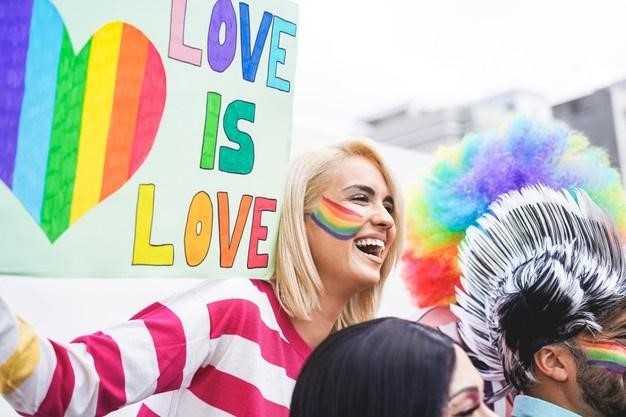
Positive changes bring positive outcomes and changing your thoughts in regards to the LBGTQ community will lead to a better tomorrow. Below are some points that you can do to reduce homophobia nationally or internationally. Do take these initiatives to create a better world.
1. Institutional Homophobia
- Attend protests or sign petitions. Try to engage yourself in political activism.
- Be aware of issues related to homophobia and legislation. Try to engage yourself in political activities.
- Encourage people to learn about homosexuality. Promote inclusion and understanding related to the LGBTQ community.
- Report each and every encountered discrimination.
2. Cultural Homophobia
- Keep on participating in events like the pride parade for bringing positive awareness. And filling the potholes of differences.
- Teach people the importance of acceptance.
- Spread awareness and share your experiences through media campaigns
- If you’re doing something through social media, make sure you include images that reflect different sexual orientations.
3. Interpersonal Homophobia
- Keep posting on social media about the importance of participating against homophobia.
- Understand bullying and stand against it.
- Always be a good listener and listen without judgment.
- Understand the challenges and experiences and try to resolve them.
- Promote a positive environment at school and colleges for encouragement and respect towards everyone.
- Practice equality.
- Aware children about the LGBTQ community.
- Report harassment when someone is in danger.
4. Internalized Homophobia
- Always maintain strong social support for combating the impact of homophobia. Surround yourself with people who understand you and bring confidence to
- Keep on working on your self-esteem and try to spend time with people with whom you feel comfortable.
Dealing With Homophobia
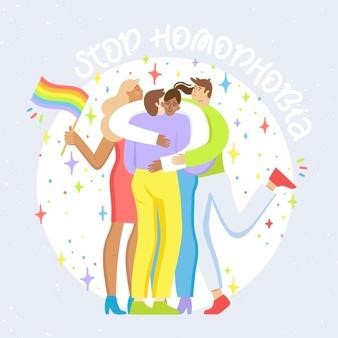
Below are some effective tips for coping and managing the reaction of others related to LGBTQ and homophobia:
1. Finding a support system: Finding a support system is the most important coping strategy. Surround yourself with the people who encourage you. If you’re online, you can refer to these online support groups for transgender.
2. Challenging homophobia beliefs: This may sound easy but this is a little difficult to do…try to reduce negative self-talk and do not cover yourself with stereotypical thinking that might harm your self-esteem.
3. Considering therapy: If homophobia shows a negative impact on your mental health, consider yourself for therapy. To connect with a certified mental health provider from Pride Counseling, click here.
Read our review on Pride Counseling from here.
4. Speaking up for yourself: If you’re against homophobia then you might experience fire toward you! Therefore, prepare yourself for the negative comments and speak up for yourself. Always, try to respond in a positive way so that your support remains to support and does not convert into a war.
5. Getting to know members: If you are trying to cope with your own thoughts, you can take the help of LGBTQ people by knowing them and understanding them on a personal level.
I hope this blog helps you to understand everything about homophobia in brief. For more such content, follow Calm Sage on all social media platforms.
Thanks for reading.
Sending positive vibes to you!






